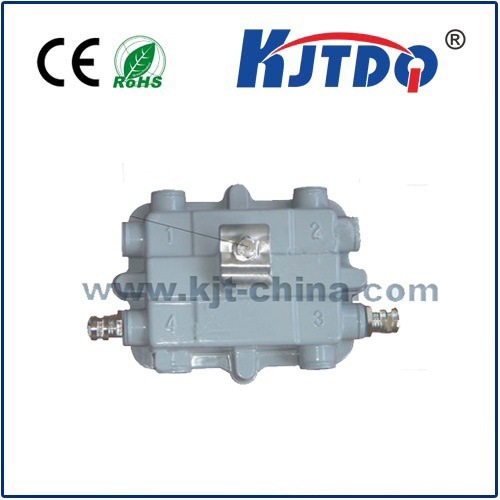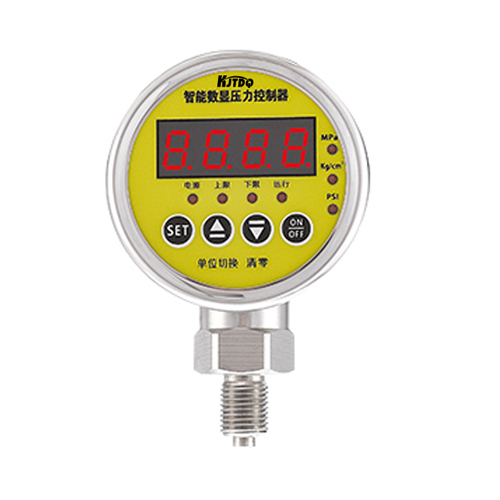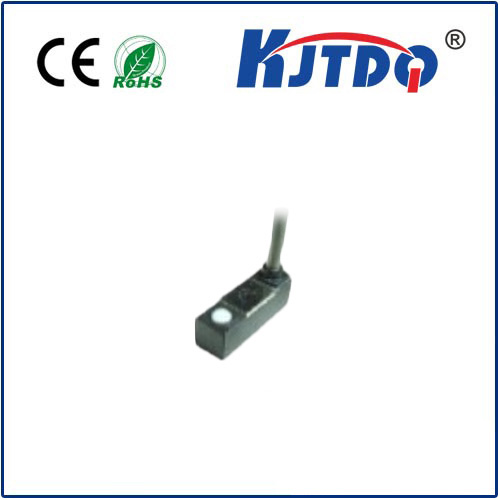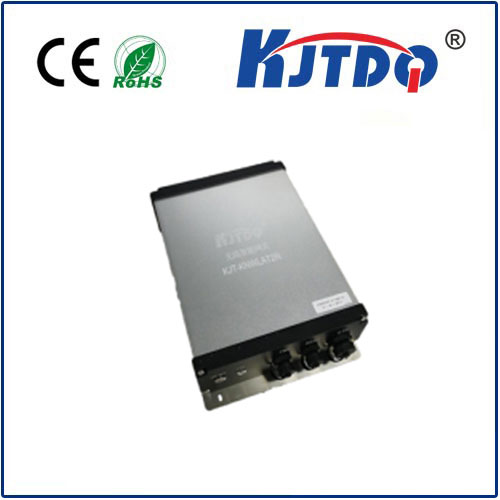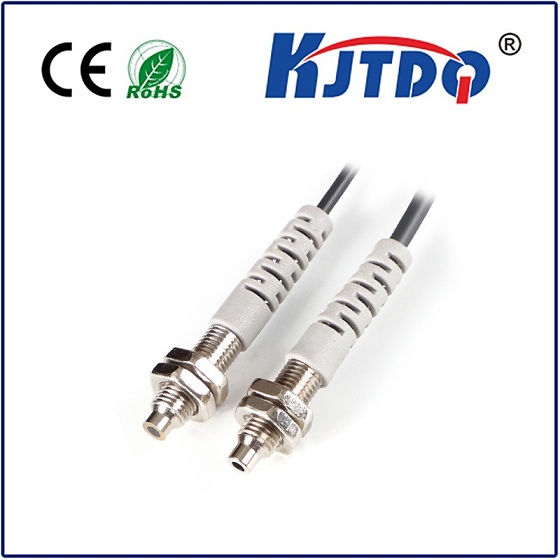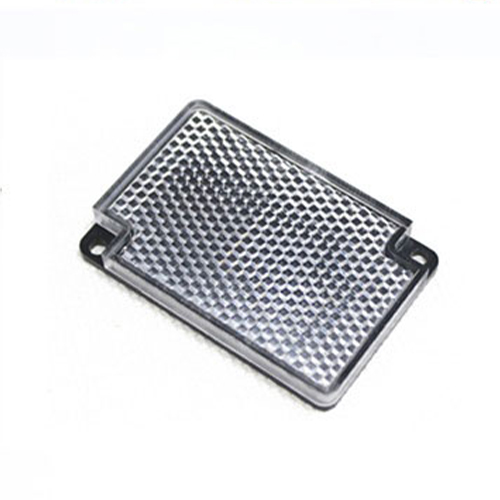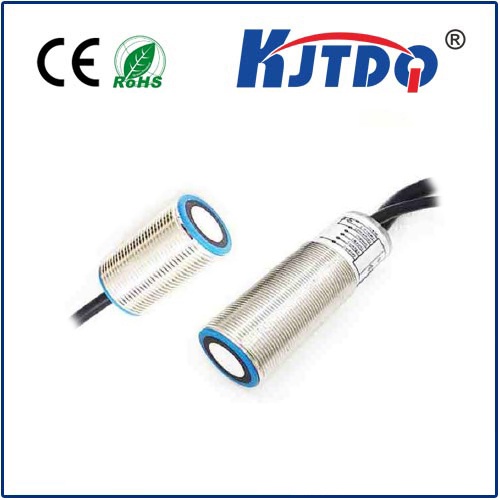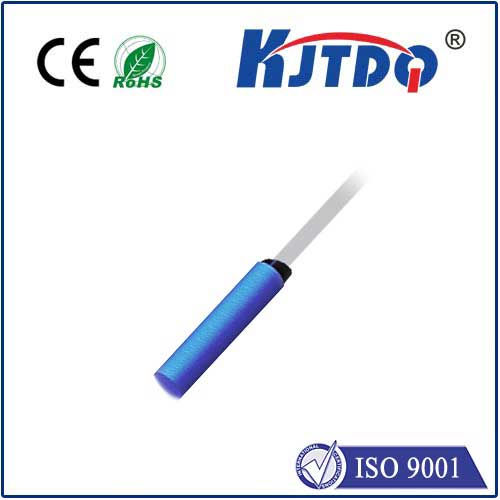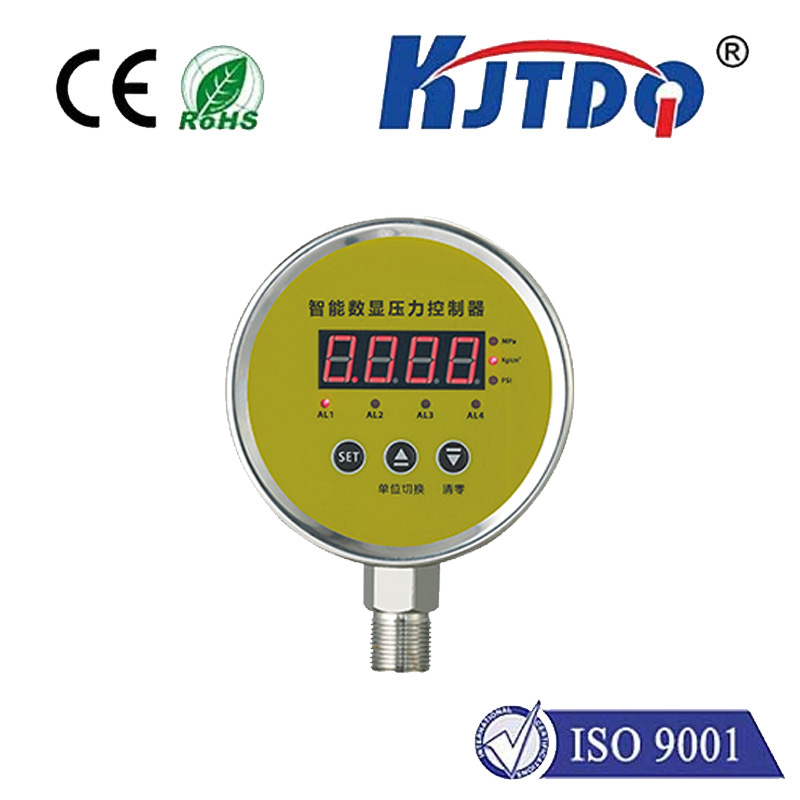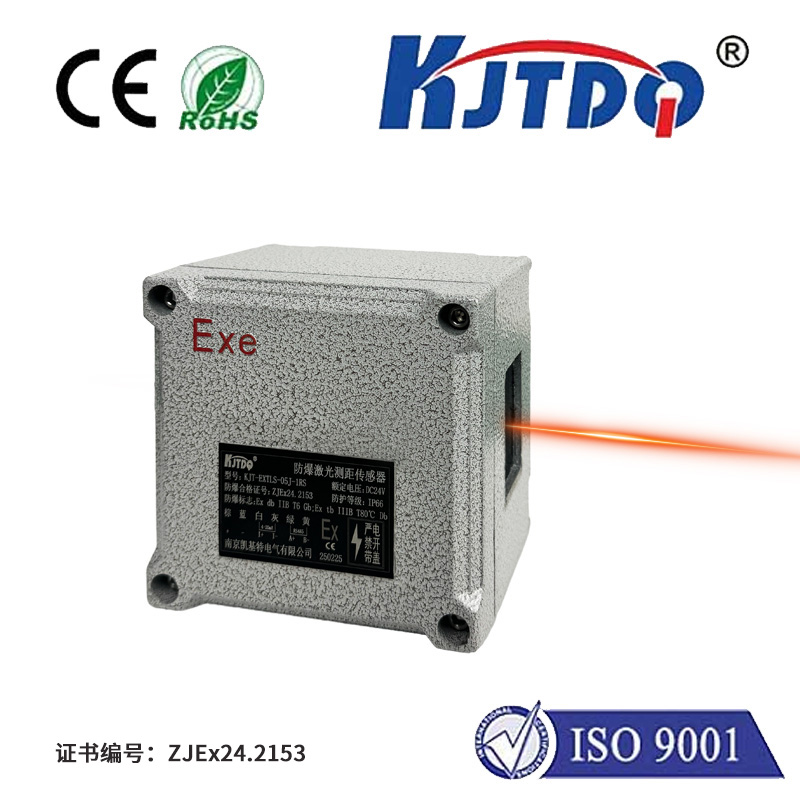

check

check

check

check
Long Range Radar Sensor: Enhancing Precision in Modern Technology
In today’s rapidly evolving technological landscape, the integration of advanced sensors has become crucial for enhancing precision, efficiency, and safety across various industries. Among these, the long-range radar sensor stands out as a game-changer, offering unparalleled capabilities in detecting and analyzing objects at a distance. This article explores the role and significance of long-range radar sensors, their applications, and how they are shaping the future of technology.
A long-range radar sensor is a sophisticated device designed to detect and measure the movement, speed, and position of objects at a distance. Unlike traditional radar systems, which are often limited in range and resolution, long-range radar sensors are built with advanced technology to provide detailed and accurate data over extended distances. These sensors are commonly used in applications such as aviation, military surveillance, weather monitoring, and industrial automation, where precise detection is essential.

The key feature of a long-range radar sensor is its ability to detect objects even in adverse conditions, such as heavy rain, fog, or smoke. This makes it highly effective in environments where conventional sensors may fail. The sensor works by emitting electromagnetic waves and analyzing the reflected signals to determine the location, speed, and direction of the object. This process is both fast and accurate, making it a reliable tool for real-time monitoring and control.
One of the most significant advantages of long-range radar sensors is their versatility. They can be adapted for various applications, from monitoring the movement of vehicles on highways to tracking the flight paths of aircraft. In the aviation industry, long-range radar sensors are used to monitor air traffic, ensuring safe and efficient flight operations. Similarly, in the military sector, these sensors are employed for surveillance and target detection, providing critical information for strategic planning and defense.
Moreover, the integration of long-range radar sensors with other technologies, such as machine learning and artificial intelligence, is revolutionizing their capabilities. These sensors can now analyze vast amounts of data in real-time, enabling more accurate predictions and decisions. For example, in weather monitoring, the sensor can detect changes in atmospheric conditions, helping meteorologists predict severe weather events with greater precision.
In addition to their technical advantages, long-range radar sensors also contribute to the safety and efficiency of various systems. In industrial settings, these sensors are used to monitor the movement of machinery and equipment, preventing accidents and ensuring optimal performance. In agriculture, they are employed for monitoring crop health and yield, allowing farmers to make informed decisions and improve productivity.
As technology continues to advance, the role of long-range radar sensors is expected to expand further. Innovations in sensor design, signal processing, and data analysis are paving the way for even more accurate and reliable detection. The future of long-range radar sensors lies in their ability to adapt to new challenges and integrate with emerging technologies, ensuring they remain at the forefront of innovation.
In conclusion, long-range radar sensors are more than just tools for detection—they are essential components in modern technology that enable precision, safety, and efficiency across multiple industries. As the demand for advanced sensing solutions grows, the importance of these sensors will only increase. With continued research and development, long-range radar sensors will play a vital role in shaping the future of technology and innovation.
